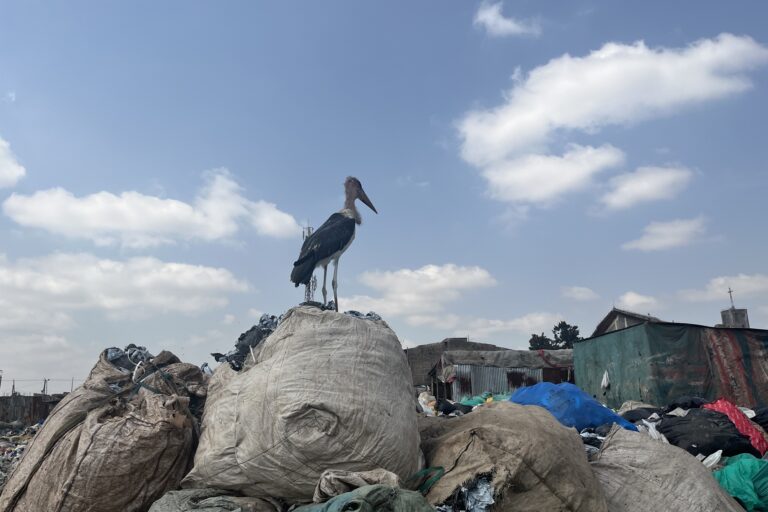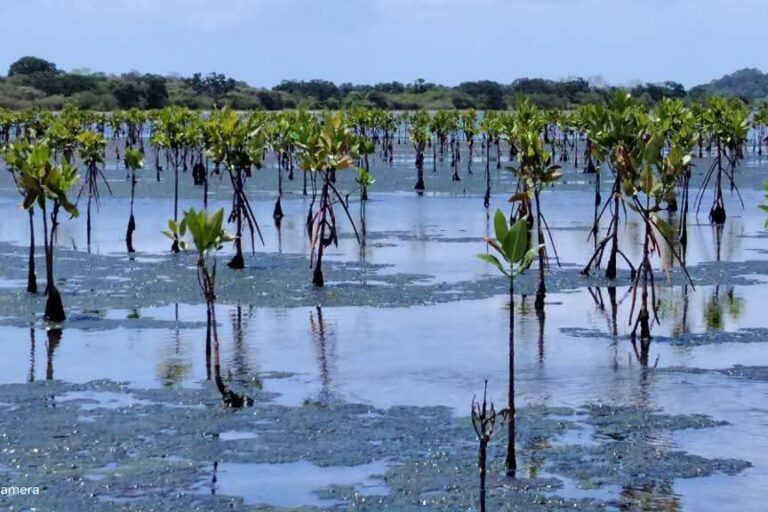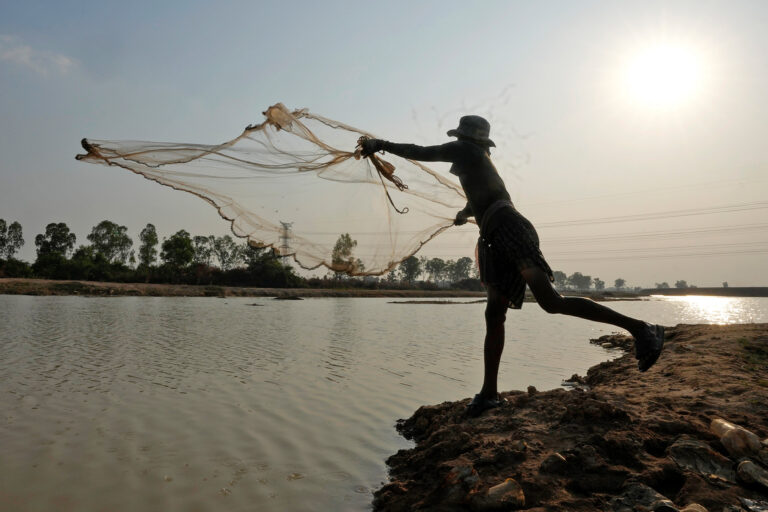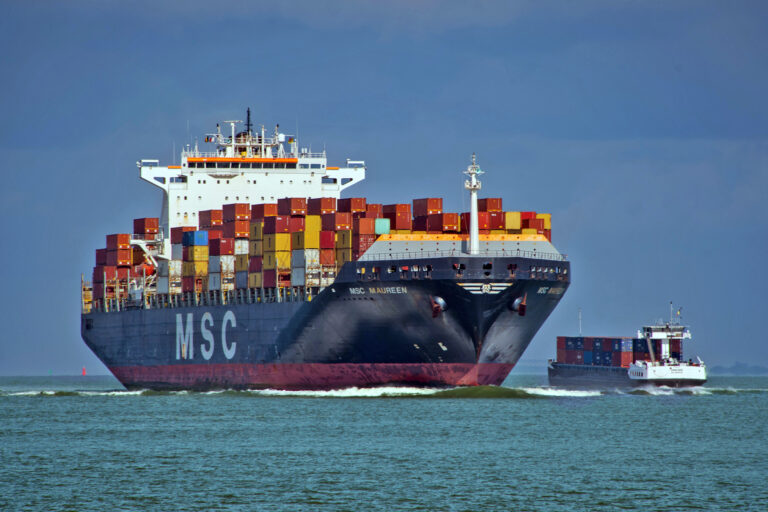- The developers of Indonesia’s new capital city, Nusantara, have begun preparations to protect the site from the threat of wildfires and smoke pollution.
- City planners are to launch drones to monitor the estate for wildfires and hope to operate a dedicated fire brigade from next year.
- Nusantara faces lower wildfire risks owing to its east-coast location and distance from Borneo’s flammable peatlands, but officials nonetheless stress the need to build an early-warning system for wildfires around the site.
Indonesia is readying a fleet of drones to launch over Nusantara, its new capital city, as part of efforts to protect the under-construction site in Borneo from wildfires, officials told Mongabay.
“The information can be used to find out where potential fires might occur, the source of water to extinguish fire, and for the purposes of evacuating the community in the event of a fire,” the technology office of Otoritas Ibu Kota Negara (OIKN), the new capital authority, told Mongabay in a prepared statement.
The OIKN said it intended to launch vertical-takeoff-and-landing (VTOL) drones to capture imagery of the site from above, adding that the precise number and type of drone is still under consideration.
“[VTOL] is easy to fly in a relatively narrow area because it does not require a take-off trajectory as wide as a fixed wing-type aircraft,” the OIKN said.
In 2019, President Joko Widodo, known as Jokowi, announced an ambitious plan to move Indonesia’s capital from Jakarta, on the island of Java, to a new site in East Kalimantan province, on the island of Borneo.

Jokowi has said the Borneo project will spur regional development beyond Jakarta and Java, home to more than half the country’s population and most of its economy. The government says Nusantara should ease the overcrowding of Jakarta, which faces simultaneous threats from land subsidence and rising sea levels. However, some environmental and Indigenous advocacy groups have objected to the plan, citing forest loss and uprooting of local communities around the Borneo site.
Officials across the archipelago, including at the new capital authority, are racing to confront the potentially disastrous impacts from an El Niño dry season this year.
El Niño occurs when warming of the Pacific Ocean alters global weather patterns, producing contrasting extreme weather events in different parts of the world.
During a strong El Niño event in 2015, fires burned 4.6 million hectares (11.3 million acres) of land in Indonesia, with the climate phenomenon amplifying and prolonging the main dry season beyond October. Around half of the burned area was in Borneo.
In late May this year, city planners met to discuss the wildfire risks at the 2,560-square-kilometer (990-square-mile) site. Weeks later, there were fewer than 10 suspected fires around the new capital estate, although none was located in close proximity to the site.
“There are hotspots, but the number is very small and they are located far from the construction areas,” said Myrna A. Safitri, deputy for environment and natural resources at the OIKN.
Part of the rationale for choosing the site in East Kalimantan, near the existing cities of Samarinda and Balikpapan, was its lower vulnerability to wildfire damage.
Located close to Borneo’s eastern coast, the new capital is fringed by eucalyptus plantations, but far from the vast stretches of peat soil where underground infernos can smolder for weeks. In addition, the dry-season winds typically blow from the east, which would push any haze pollution away from the new city.

While these factors make for favorable conditions in comparison to flammable peatland areas further west in South, Central and West Kalimantan provinces, high-level government meetings to prepare for a likely El Niño have included discussions of how to lower fire risks in the politically crucial capital project.
“For forest fires in Nusantara it is not as much as a problem as in the peatlands,” said Myrna, the new capital’s environmental lead. “But yes, we are aware of it and we have to make an early-warning [system].”
Officials have already conducted field visits to Manggala Agni, the government fire department run by the Indonesian Ministry of Environment and Forestry, and community firefighting volunteers, known as Masyarakat Peduli Api.
This year the new capital will rely on the existing firefighting capacity in East Kalimantan province, but authorities say they hope a new dedicated fire department will be created in 2024.
“Certainly we need to have a new Manggala Agni [fire department], but now we are in the transition time,” Myrna said.
The city authority has already conducted an analysis of land-surface temperatures at the site, according to the technology office.
“We are just six months into doing this job,” Myrna said. “And we have a lot to prepare.”
Banner image: Pulpwood trees planted by PT ITCI Hutani Manunggal loom over the company’s land concession, which overlaps with the new capital city’s development zone in East Kalimantan province. Image courtesy of Trend Asia/Flickr.
Jokowi focuses on El Niño as Indonesia’s dry season heats up













